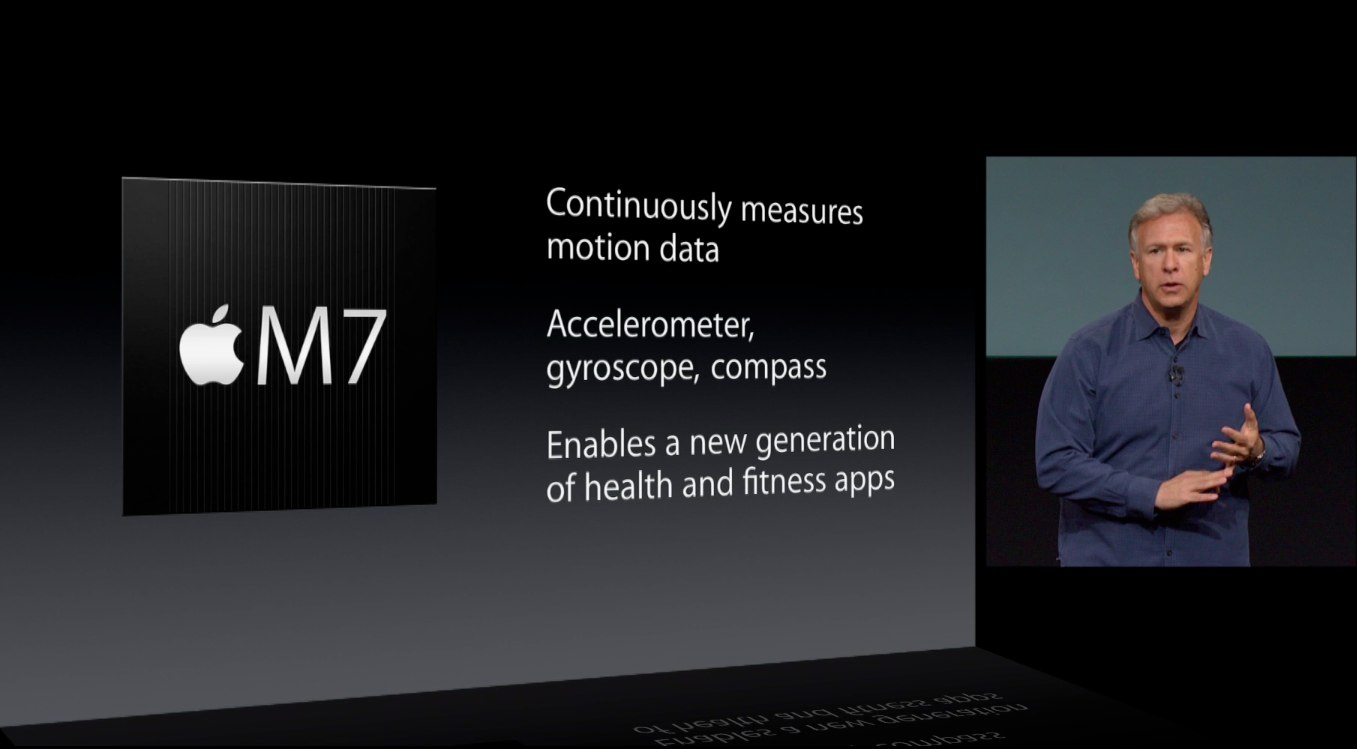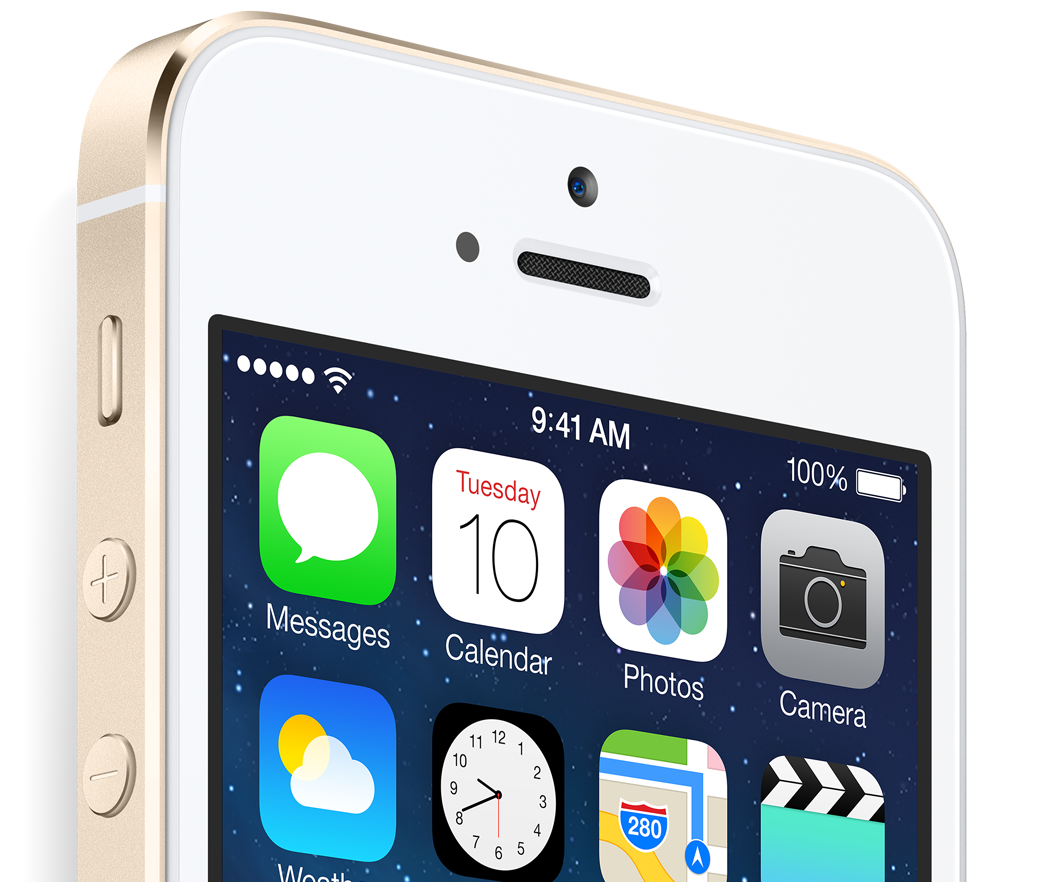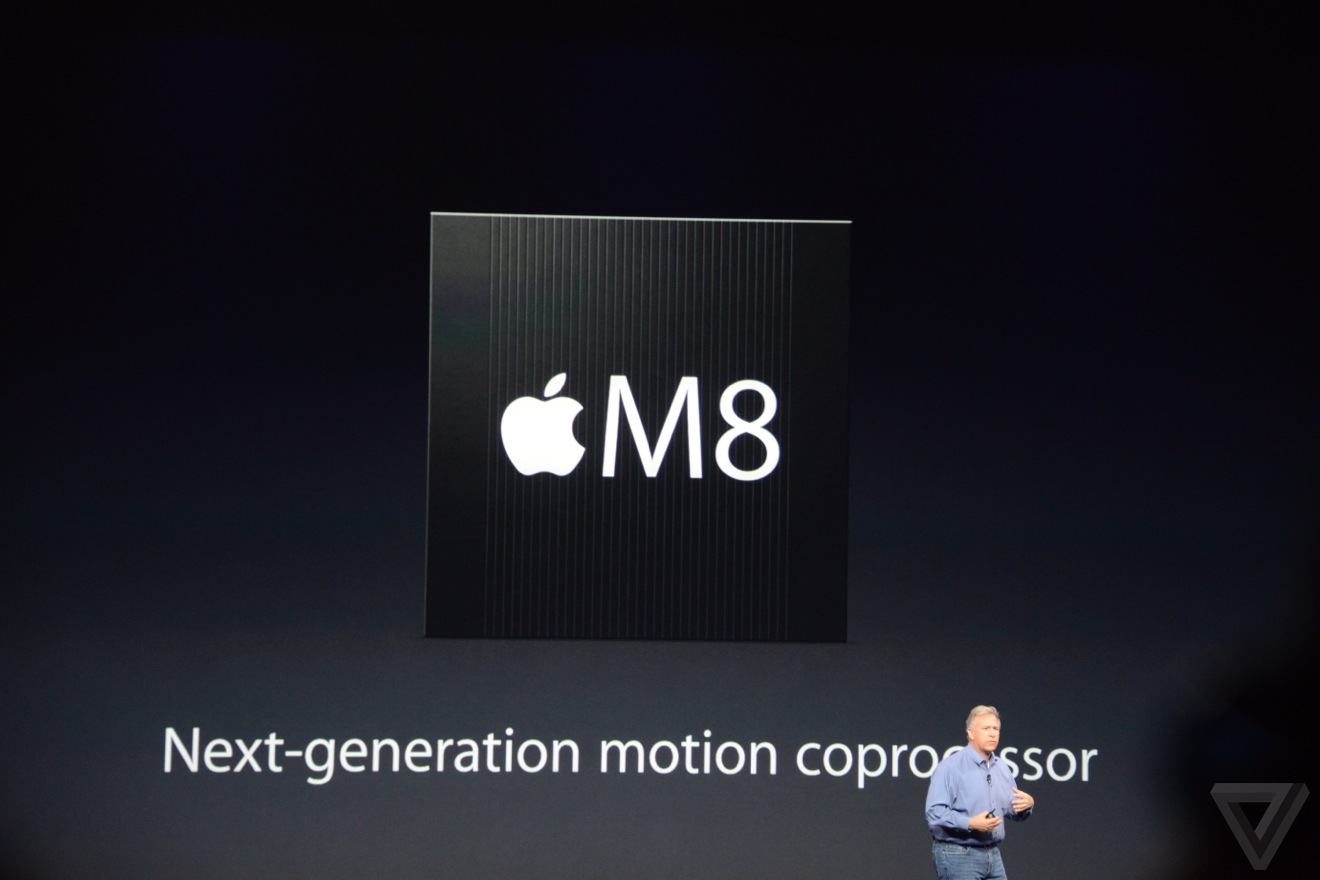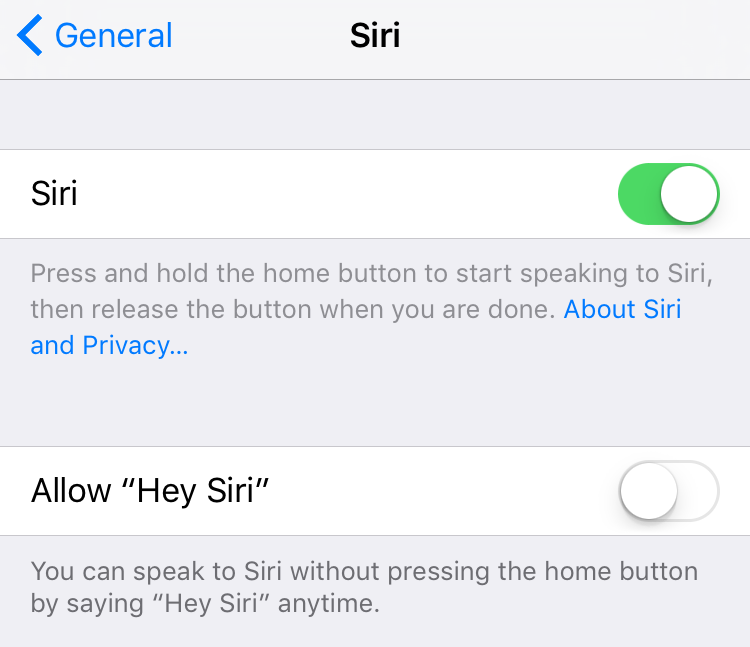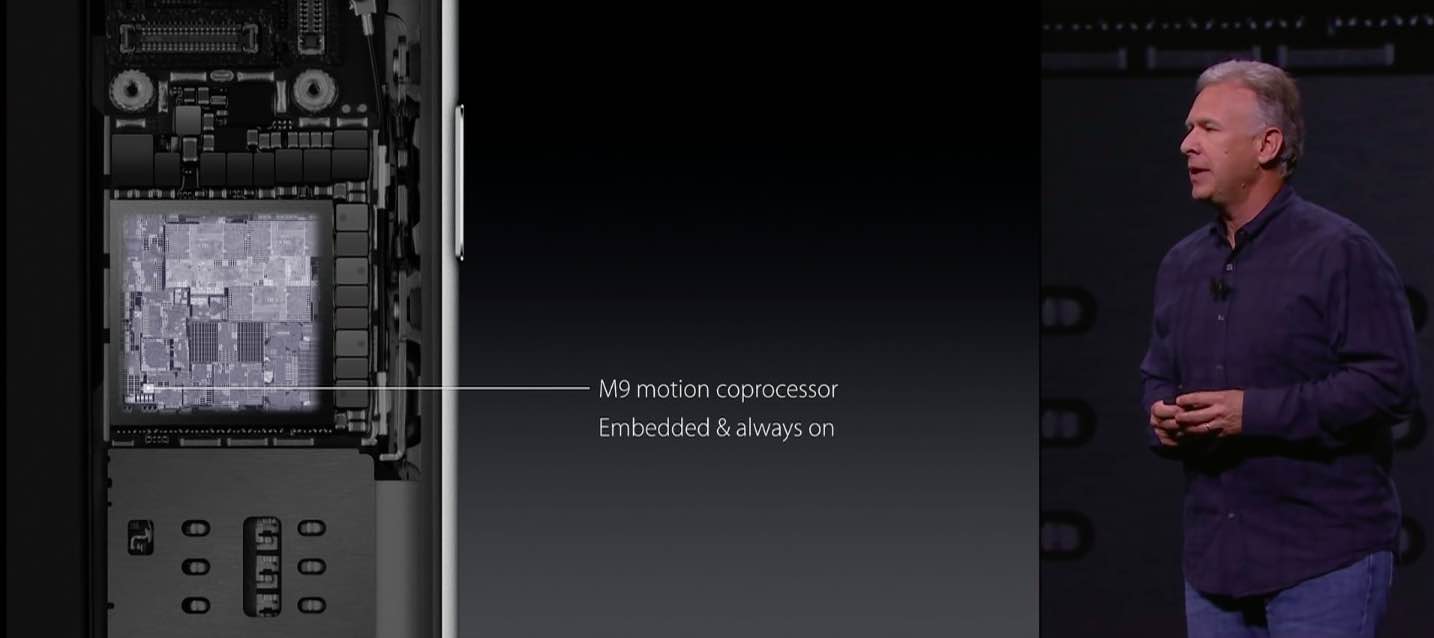Bloomberg’s Alex Sherman and Ian King reported yesterday that fabless chip designer and Apple supplier Qualcomm could be buying NXP Semiconductors, a global semiconductor and analog circuitry manufacturer headquartered in Eindhoven, The Netherlands.
NXP employs approximately 45,000 people in more than 35 countries and provides chips that give Apple devices features like power-efficient motion tracking and NFC for Apple Pay.
Qualcomm’s market valuation sits at around $100 billion versus a market cap of approximately $36 billion for NXP. The two chipmakers may announce an all-cash deal for $110 to $120 per share as early as next week, Bloomberg learned.
The news gathering organization says the potential deal would represent the largest acquisition in the history of the semiconductor industry.
The deal could be announced at NXP’s October 26 earnings or at Qualcomm’s earnings, due on November 2, according to Bloomberg. In May 2015, NXP announced that its NFC and embedded secure element technology was going to be used across Qualcomm’s Snapdragon-based chips.
Why should you care?
For starters, NXP is an important Apple supplier, just like Qualcomm.
Every iPhone since the iPhone 5s has used at least two components from NXP. The iPhone 5s was the first major design win for the Dutch chip maker. That phone marked both Apple’s first 64-bit mobile chip with the A7 and a dedicated motion coprocessor in the form of the M7.
The M7 is basically a customized NXP part.
The chip calibrates and captures data from the onboard sensors like the gyroscope, accelerometer and compass—without needing to constantly engage the main A-series chip and while managing to consume only a tiny fraction of the power that the A7 chip requires.
The M7 is outstandingly power efficient: it barely takes up any battery power even though it’s constantly running in the background and even continues tracking movement after the phone’s battery is long dead.
The M7 in the iPhone 5s and the M8 in the iPhone 6 were discreet chips that NXP had manufactured itself. The iPhone 6s’s M9 and the M10 in the iPhone 7 are embedded into the mail Apple-designed processor for additional power savings.
The M10 also monitors other sensors, such as the barometer, microphone, proximity sensor and ambient light sensor. That’s why you need an iPhone with an embedded M-series chip for features like always-listening “Hey Siri” and Raise to Wake, neither of which could be realized through the main A-series processor as that would draw too much power.
Capabilities of the M-series chips are available to apps through the Core Motion API, which was introduced in iOS 7.
Starting with the iPhone 6, NXP also became a supplier of near field communication (NFC) chips that make Apple Pay possible. By the way, NXP is the co-inventor of NFC technology along with Sony.
IHS Technology analyst Don Tait pegged NXP’s share of the market for NFC chips at fifty percent in 2013. Its current market share is likely even higher, especially after design wins such as the iPhone 6, iPhone 6s and iPhone 7.
Here are some of the NXP devices found in iPhones:
- iPhone 5s/5c—Buried beneath a neoprene-looking cover of the Apple-branded M7 motion coprocessor is a label that identifies the chip as an NXP-made LPC18A1 device. The LPC18A1 integrates a Cortex-M3 CPU core from ARM and sports a customized packaging and naming scheme, indicating an Apple customized part. Another NXP chip, the 1610A1, is used as an interface integrated circuit for the display.
- iPhone 6—The M8 motion coprocessor is NXP’s LPC18B1UK ARM Cortex-M3 Microcontroller and the NFC module is an NXP-made 65V10 NFC chip with an NXP PN548 NFC controller inside, which is a previously unannounced variant of the PN544 and PN547 devices from NXP. The accompanying Secure Element (not to be confused with the Secure Enclave embedded in A-series chips) is on a second die packaged with the PN548 and labeled as “008”.
- iPhone 6s/SE—NFC is handled by an NXP PN66V10 NFC controller. It contains two die, the Secure Element labeled “008” and the NXP PN549. The handset also uses NXP’s 1610A3 chip (likely an iteration of the 1610A1 found in the iPhone 5s/5c) as an interface integrated circuit for the display, plus an NXP-branded M9 motion co-processor embedded in the main Apple-designed A9 chip.
- iPhone 7—An NFC controller in the iPhone 7 with package markings 67V04 confirms this is another NXP-supplied chip, likely the PN67V. The same NFC controller is also in the Apple Watch Series 2. Another NXP part labeled “610A38” can be seen on the back of the iPhone 7’s logic board. The M10 motion coprocessor, also an NXP part, is embedded in the main A10 Fusion chip.
For the most part, Apple rebranded and customized NXP’s chips that provide iPhones with NFC features and power-efficient motion tracking capability. But good luck finding some of the LPC rage of semiconductors used in iPhones and iPads listed on the NXP website.
Some off-the-shelf NXP parts used in iPhones and iPads are detailed on the company’s website, but many are not because they were likely built specifically for Apple.
Many other Apple products use discreet chips from NXP.
Apple’s Lightning cable, for instance, packs in NXP’s NX20P3 chip on the connector board with one huge transistor occupying over 75 percent of the die area. Apple Watches also contain Secure Elements as well as NFC controllers and radios from NXP.
Apple, of course, is not the only company to source parts from NXP.
Google’s latest Pixel and Pixel XL smartphones, for example, incorporate an NXP-built NFC controller. It is labeled as “55102 1807 S0622” and highlighted in purple on iFixit’s photo seen below. The Pixel XL also uses a smart audio amplifier from NXP: the off-the-shelf TFA9891 part framed in green on the image included below.
Samsung’s ill-fated Note 7 used NXP’s 67T05 NFC controller which provides NFC functions in the Galaxy S7 and Galaxy S7 Edge series, too.
Founded in 1953, NXP was originally known as Philips Semiconductors.
After selling itself to a consortium of private equity investors in 2006, Philips Semiconductors established a new name for itself: NXP. In December 2015, NXP merged with chip designer and manufacturer Freescale Semiconductor in a $40 billion dollar deal.
The company trades on NASDAQ under the ticker symbol NXPI and currently owns more than 9,000 issued or pending patents. It has manufacturing and development facilities in Nijmegen, Netherland.
Even if Qualcomm does acquire NXP, both companies are official Apple suppliers, meaning the Cupertino firm is probably going to continue licensing NXP technology directly from Qualcomm.
The deal is probably a matter of “when”, not “if”.
2015 was the highest-volume year for semiconductor mergers and acquisitions: Avago bought Broadcom in a record-setting $37 billion deal and Intel coughed up $16.7 billion to snap up Altera.
